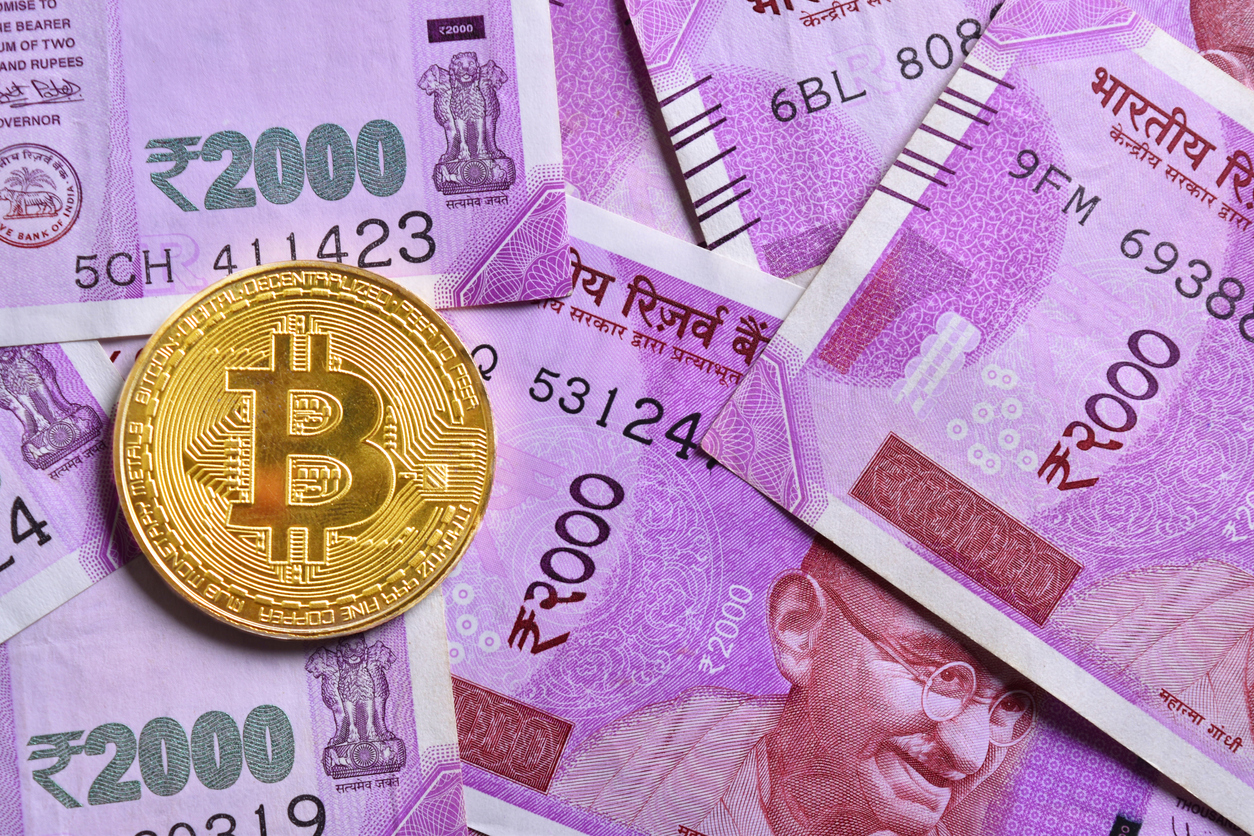
February 11, 2022
With the paper currency weakening, there was an urgent need to introduce a new form of electronic currency that can be acceptable in the market.
Digital rupee enables one to make final settlements by paying directly without landing into a settlement risk. Thus eliminating the need for the interbank statement.
These are an initiation to a lucrative and a real-time globalization of payment systems.
With this, India is looking forward to a cashless economy and a pragmatic shift towards making a change in the entire banking system and reducing government’s direct interference.

Digital Rupee
Finance Minister Nirmala Sitharaman announced that the Reserve Bank of India (RBI) would be launching its own digital rupee in FY22 in her Budget 2022 speech.This digital rupee will be an entity of the Central Bank Digital Currency (CBDC) and will help in boosting the economy to new heights.
CBDC
The CBDCis a legal tender issued by the RBI. It is also an electronic record or digital token of a country’s official currency, which fulfills the basic functions as a medium of exchange, unit of account, store of value, and standard of deferred payment.
CBDC is similar to the currency being issued by the Central Bank, however, it is in the form of polymer. It has been passed as a sovereign currency and will appear as a liability in RBI’s balance sheet. Cash should be exchangeable for CBDC states the RBI.
Adoption of CBDC
With the paper currency weakening, there was an urgent need to introduce a new form of electronic currency that can be acceptable in the market. To withdraw a significant amount of physical currency, authorities need to look into a seamless issuance transition. By introducing the digital currency, the Central Bank has given way to new developments such as increase in use of private virtual currencies and avoiding the harmful effects of private currencies.
Why is CBDC Important
The Digital Rupee has given rise to several advantages for CBDC pertaining to payments – one can make final settlements by paying directly to CBDC without landing into a settlement risk. Thus, there will be no need for the interbank statement. It can also be compared to a UPI system where payments are absolute in nature and CBDC is transacted rather than bank balances, for cash transactions.
Global transactions made easier
CBDCs are an initiation to a lucrative and a real-time globalization of payment systems. For an Indian importer, it is credible to pay the American exporter on a real-time basis in Digital dollars without a third party intervening. Thus, this transaction is complete and needs no confirmation by the US Federal Reserve System. Time zones to operate in will no longer be a bother for International cash transactions.
SBI’s views on CBDCs
When the digital rupee is compared to other existing forms of money, the CBDC is much more beneficial in terms of providing its customers with scalability, liquidity, acceptance and ease of transactions with anonymity and seamless transactions. This will also make it easier for the Government to support the country’s Infrastructure development. It will also make digital currencies acceptable and easier to use just as similar to UPI transactions made electronic cash easier to use, according to the SBI.
In the real world, there are more needs the digital rupee can tend to. For example, the programmable payments for subsidies and making transactions simpler for financial institutions. With this, India is looking forward to a cashless economy and a pragmatic shift towards making a change in the entire banking system thereby also reducing government’s direct interference. With increase in the usage, it will benefit cross-border transactions along with giving rise to an ecosystem that can enable efficient real-time transactions.